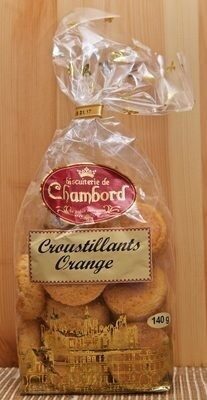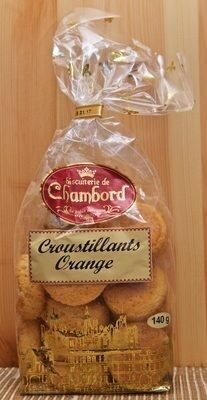Croustillants Orange - Biscuiterie de Chambord - 140 g
This product page is not complete. You can help to complete it by editing it and adding more data from the photos we have, or by taking more photos using the app for Android or iPhone/iPad. Thank you!
×
Barcode: 3555140003420 (EAN / EAN-13)
Common name: Palet pur beurre, à l'écorce d'oranges confites (12 %).
Quantity: 140 g
Brands: Biscuiterie de Chambord
Categories: Snacks, Sweet snacks, Biscuits and cakes, Biscuits, Shortbread cookies, fr:Palets, fr:Biscuits-a-l-orange
Labels, certifications, awards: Made in France, Pure butter
Manufacturing or processing places: France, 41250, Maslives
Link to the product page on the official site of the producer: http://www.biscuiteriedechambord.fr/Sach...
Stores: Biscuiterie de Chambord
Countries where sold: France
Matching with your preferences
Environment
Carbon footprint
Packaging
Transportation
Report a problem
Data sources
Product added on by beniben
Last edit of product page on by kiliweb.
Product page also edited by asmoth, nouky20, packbot, tacite-mass-editor, yuka.U2Z4ZUQ2OE5ndVVvdnZJWG96TGUzZndxOXJtcFVHem9HOUl4SVE9PQ, yuka.sY2b0xO6T85zoF3NwEKvlmphQcHjuBL2aTDQl0mizfSoDZrWeP9u-KjHA6s.






